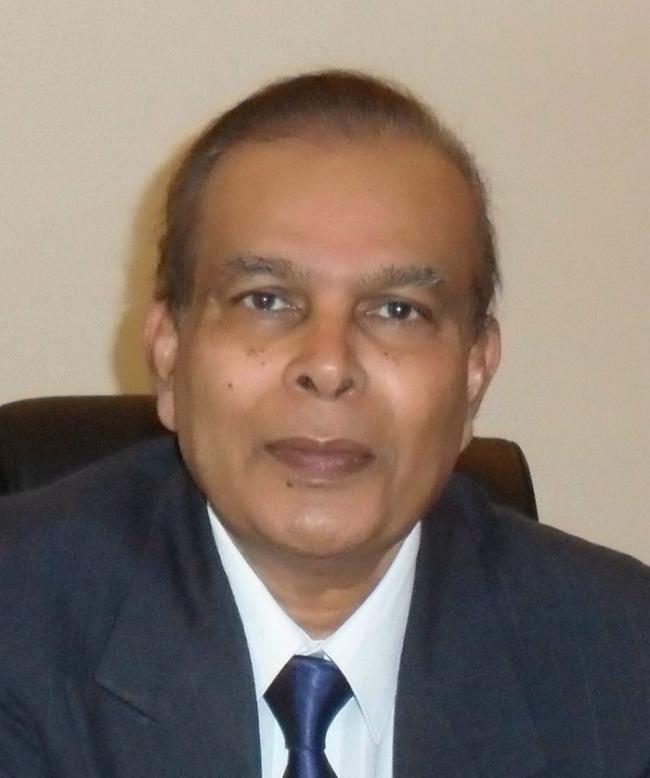
Dear Editor,
The Guyana and Venezuela border conflict dates back to 1814 when a treaty signed between the United Kingdom and Netherlands paved the way for the formation of British Guyana. One shortfall of the treaty was its inability to define a western border so the British employed naturalist and surveyor Robert Schomburgk to demarcate the boundary. His work famously produced the Schomburgk line which included an extra 33,000 square miles for Guiana. With the knowledge of the resources in the region, particularly, Gold and with its independence imminent from Spain, the Bolivarian Republic of Venezuela petitioned the United States to intervene on grounds that the demarcation violated the Monroe Doctrine, a policy employed by the 5th President of the United States James Monroe that the European powers had to respect the United State’s interest in the western hemisphere. Eventually, the two sides went to arbitration in 1899 and Venezuela had gained some concessions of Barima Point (mouth of the Orinoco River) and Wenamu river. Although it had gained a substantial amount of land, Venezuela was still unsatisfied that the result of the 1899 arbitral kept most of the British territory intact. Venezuela protested that the process of the arbitral award was tampered with special interests between the British jurists and the Russian President Frederich Martins which was confirmed by Severo Mallet Prevost, a member of the US Venezuela delegation. At some point of the controversy, the focus was shifted from the Schomburgk line to Essequibo County. In 1966, the Geneva agreement and the Port of Spain Protocol in 1970 sought to define an agreement to solve the dispute but none of these efforts proved successful. In 2016, the United Nations Secretary General Ban Ki-Moon agreed to a “Good Officers” process ineffectively prompting the current secretary General Antonio Guterres to refer the case to the International Court in 2018.
This border controversy has shown how successive governments failed at policies that should have put a lid on the nefarious claim by Venezuela on the Essequibo Region while seeking a meaningful partnership in other areas. Short term pauses over the years have led to sudden military buildup on the border close to Eteringbang and scores migrants entering through regions one (1) and seven (7) seeking to escape the socio-economic crisis. The western neighbor has also engaged in shifting the narrative on the issue through misleading rhetoric/ propaganda propelled by the mastermind of Nicholas Maduro, the President who has inherited a propaganda machine that weaves into the fabric of each Venezuelan deceptively that the Essequibo territory belongs to them.
With all the legal hoops that Guyana has to cross in the court, seeking support from international actors and regional allies it may be feasible for the Ministry of Foreign Affairs to begin to establish a diplomatic channel with Caracas. A country that has a military the size of Guyana’s adult population with Army, Navy and Airforce capabilities, it is inconceivable to think there’s a military solution. The plan for dialogue would not devoid pre-conditions as the Guyana government must establish that before talks, the Bolivarian Republic must recognize Guyana’s sovereignty over Essequibo Region, removal/cease and desist from military buildup at the border and support in stemming the massive flow of Venezuelan citizens illegally into our country. Support for the current refugees in Guyana should surround surveillance and data collection on associations to Caracas government, family ties in Guyana and a strategy for integration into society.
What this conflict has indicated vividly is that it is time for Guyana to revisit its Foreign Policies. The last 30 years this nation has practiced an unremarkable foreign policy with no real doctrine for handling international disputes, establishing new relationships with member states and strengthening current regional and international allies. Guyana Foreign Policy needs recalibration from a small powerless state to one that has sufficient geopolitical and economic prowess to leverage positions of economic, social and political development. A nation with its current lethargic foreign policy should rise out of the shadows of being cloaked by pleas to international actors such as the United Nations, International courts and super power nations. The President’s recent statement to Nicholas Maduro’s request for dialogue stating he would discuss any other issues other than the border controversy which is the impending issue is foolhardy. The only solution is a dialogue between the two leaders with the preconditions mentioned above. A mediator preferably sourced from one of our South American neighbors namely Brazil or Argentina. The President’s inability to consult with his western counterpart on anything else than the border dispute might be missing an opportunity for him to cement a legacy as being the only leader to bring an end to this conflict. What else does he think is of importance to the western neighbor at this time?
Thank You,
Collin Haynes MPH MBA




